After a hiatus of a year or so, we’re back working on NOTAMs. In 2021 we ran a campaign with ICAO (and IFALPA, and IFAIMA) to improve NOTAMs. We focused on “Old” NOTAMs, ones that sit in the system for no good reason, sometimes for as long as 20 years. They are mostly gone – including the Albanian NOTAM about the Y2K problem.
That’s good, but the NOTAM problem isn’t fixed. Rob, below, summed it up nice and simply last week.
So, let’s continue the work. Why do we have a system that makes it extremely easy to miss critical items? And how do we fix it? Let’s visualize the problem.
NOTAMs are like containers on a ship
Imagine you’re the pilot of a Boeing 787 about to sit down at a briefing table to review NOTAMs for your flight from Copenhagen to Bangkok today. You will get a folder containing a printout of NOTAMs for your route. Here they come.
Each container is a NOTAM. Unlike actual containers on actual ships, there is no manifest. We don’t know what’s in the container until we open it and take a look. That means that we can’t automatically sort them out beforehand, and we can’t put them in any order of importance. Therefore, the pilot gets a random list of NOTAMs, and it’s up to them to make sense of it.
If you only had six NOTAMs to take a look at, no big deal. You’ll spot that the airport is closed today. But we usually have somewhere between 100 and 1,000. The result? A system that makes it extremely easy to miss critical information.
Finding the simple fix
This is a simplified version of the problem, but not by much.
Question, then: How do we improve the NOTAM system so we can sort and filter them?
Let’s get a technical for a moment, since we’re going to need some smart people that understand the system architecture. Here are some basics that are important.
- There isn’t really an international “NOTAM system”. Each country issues NOTAMs for their airspace, and keeps a local list of them for pilots in that country. Other countries can query that list (done via the AFTN, with an RQL message), and get a copy of new NOTAMs (by sending an RQN message). Not every country does this, but if they do, they’ll then have a limited database of NOTAMs from selected other countries. A tiny handful of countries, regions, and organizations do this for every country, which makes for a fairly reliable international database of NOTAMs. Examples of this are the FAA (NOTAM Search), US DoD (DINS), and Europe (EAD). These databases form the source data used by pilots and operators, often via service providers like Jeppesen, LIDO, Foreflight etc. who may apply some final processing to attempt to sort and filter them for their customers.
- Since there isn’t an international NOTAM system, then logically, nobody is in charge of it. ICAO sets the standards for when a country should issue a NOTAM (Annex 15), how they are formatted (Doc 10066), and what codes to use (Doc 8400). Eurocontrol publishes a guidance manual (called OPADD). That’s about it. Nobody has the job of monitoring all international NOTAMs for quality or quantity.
- The NOTAM structure is very limited. It uses a limited character set called ITA2, which pre-dates ASCII. This limits messages to UPPER CASE. The format is set in Doc 10066, giving a NOTAM 7 sub-parts from A to G, preceded by a Qualifier called the “Q-code“. In theory, the Q-code tells the reader what the NOTAM is about (magically solving the container problem above), but in practice, it doesn’t work. Why? There are too many choices, and therefore they are often applied incorrectly, or not at all. The Q-code categories were dreamed up in 1950, and there are 13,783 possible Q-codes. 20% of NOTAMS don’t have a Q-code at all (The NOTAM office often enters XX or XXXX, meaning “not sure”).
What’s in the NOTAM container?
Let’s get back to the yard, and lower down one NOTAM container and take a look.
We know it came in on the NOTAM ship so it relates in some way to our route today, but we don’t know what’s in it. Therefore, we can’t sort it or filter it out. It just joins all the other NOTAMs that we load up into the pilot’s briefing, and leave it to them to make sense of.
But if the shipper (the originating NOTAM Office) puts a label on it saying “BIRDS“, then we immediately know what to do with it.
Pretty quickly we can start organizing the containers. Each operator can figure out the order they want to put them in, and which ones to leave at the back of the yard.
By knowing what the NOTAM is about, in advance, we can set up some basic processing rules. Each aircraft operator is different: Airlines don’t care about broken obstacle lights 5 miles from the airport, but a Police helicopter does. Perhaps someone cares about birds, most pilots don’t. It doesn’t matter; let the operator decide for themselves how important each label is, and what order to put them in (or discard).
Sounds easy, but is it?
In a huge list of NOTAMs, the ability to sort and filter them is the key to making them manageable. If they are sorted and filtered, then it’s unlikely a pilot will miss the big ones. Back to what Rob said (⬆️) – the problem is that it’s extremely easy to miss critical items, and that’s what we want to change.
We have some limitations:
- It must be a simple change. There are 193 countries that are ICAO members, each one ultimately resistant to a system-wide change that will cost money and require infrastructure investment. It would be lovely to start from scratch with a new system, but it’s not feasible. We need a simple change to the format with big impact. Conversely, if you think even that is impossible, just remember that Snowtams changed format in 2021.
- We can’t use Item E. To be able to sort and filter, a computer has to be able to know what the NOTAM is about, without having to read the content text. It can’t make sense of the text in Item E (the text of the NOTAM) – we tried this some years ago with machine learning, and after 2 millions passes, AI wasn’t able to formulate an algorithim that worked. There are just too many countries with different ways of writing NOTAMs to use Item E. So we must have a label of some kind.
- We must change the back end, not the front end. This must be a change available to everyone. Sure, Foreflight does good stuff, especially with US domestic NOTAMs. There’s a bunch of software and apps that can help to make NOTAMs more digestible. Some can be displayed graphically, but not many. Big airlines have back-office staff to organize and even rewrite some NOTAMs. But they all do it differently, and not many of them solve much of the big problem. We’re still getting dozens, even hundreds, of pages of NOTAMs to read.
That’s where the work begins. We don’t have all the answers, and we need some smart NOTAM-folk to help. It’s not the intention here to present a vague solution and say “This is it” – this article is intended to generate some critical thought and discussion on what the “Big Fix” looks like. Labelling them in some way seems the way to go, but we’re not sure.
Remember this …
There’s nothing like saying “NOTAMs, what do you think?” to generate a slew of pilot complaints, jokes (some great memes after the January outage!), and things that need to be fixed. We’ve been working on this here for a couple of years, but efforts to fix the b*rds date back almost 60 years. With that in mind, addressing the most common talking points may help.
- NOTAMs suck. We know. We’re just a bunch of pilots and dispatchers that really don’t like them, and we’re doing our best to make change happen. But if we want to solve them, we have to find the one thing that fixes most of the big problem in one hit. UPPER CASE is tough to read, but that’s not the big problem. Abbreviations are annoying, but that’s still not the big problem. The Big Problem is that we can’t see the critical stuff because we have to read hundreds of them before flight in no particular order. If we can sort and filter them, that means we’ll see the important stuff first, and don’t have to read such a long list.
- General ranting at the FAA, ICAO, IATA, or even the government doesn’t help. Instead, help us to help find a sensible solution, draw it out, think it out, test it, and we can then present it to those that can help implement it.
- Digital Notams. Sometimes this comes up as a solution that’s on the horizon, and will fix everything. That conversation has been happening for at least 20 years, and while a lot of good people are working on this, it doesn’t fix the problem we have right now. In a perfect world, SWIM and Digital Notams will come online in 2028 (five years from now), and start to solve some of the issues. Problem is, we live in an imperfect world, and the chances that this will solve our woes as they exist today are slim.
- Hey, I made a thing that solves NOTAMs. Like we said above, yes, there are some really great apps, graphical tools, and software that help make some sense of NOTAMs. Foreflight is a favourite amongst us pilots. But despite some of the advances, the originating NOTAM is still a brutalist remnant of the early 20th century, and the vast majority of pilots still get giant chunks of NOTAM text to plod through. We want to fix the problem at source. At the same time, it’s likely that the smart people that made these things can also be the smart people to solve the source problem!
So, what now?
We want to hear from you! Write to us at team@fixingnotams.org. We can only solve this as a community group, and we’re working on a few events to get people together for some discussion. We’ll set up a few group chats on Zoom to get the discussion started and some ideas flowing.
Ultimately, the plan is to start funnelling some ideas along the pipeline until we reach one that really seems to work, and take that to the organizations that can implement it. So, it’s up to you. Want to get involved? You’re awesome! Please reach out to us.
More on the topic:
- More: Why do we see US Military Notams?
- More: The Finish Line: NOTAM SPRINT 2023
- More: US Grounds All Flights After NOTAM System Failure
- More: FAA NOTAM Change: It’s not all about the Missions
- More: China Airport Alternate Restrictions
More reading:
- Latest: OPSGROUP is hiring! Wanted: Junior International Ops Specialist
- Latest: LOA Guide for US Operators
- Latest: NAT Ops: Flying the Blue Spruce Routes
- Safe Airspace: Risk Database
- Weekly Ops Bulletin: Subscribe
- Membership plans: Why join OPSGROUP?



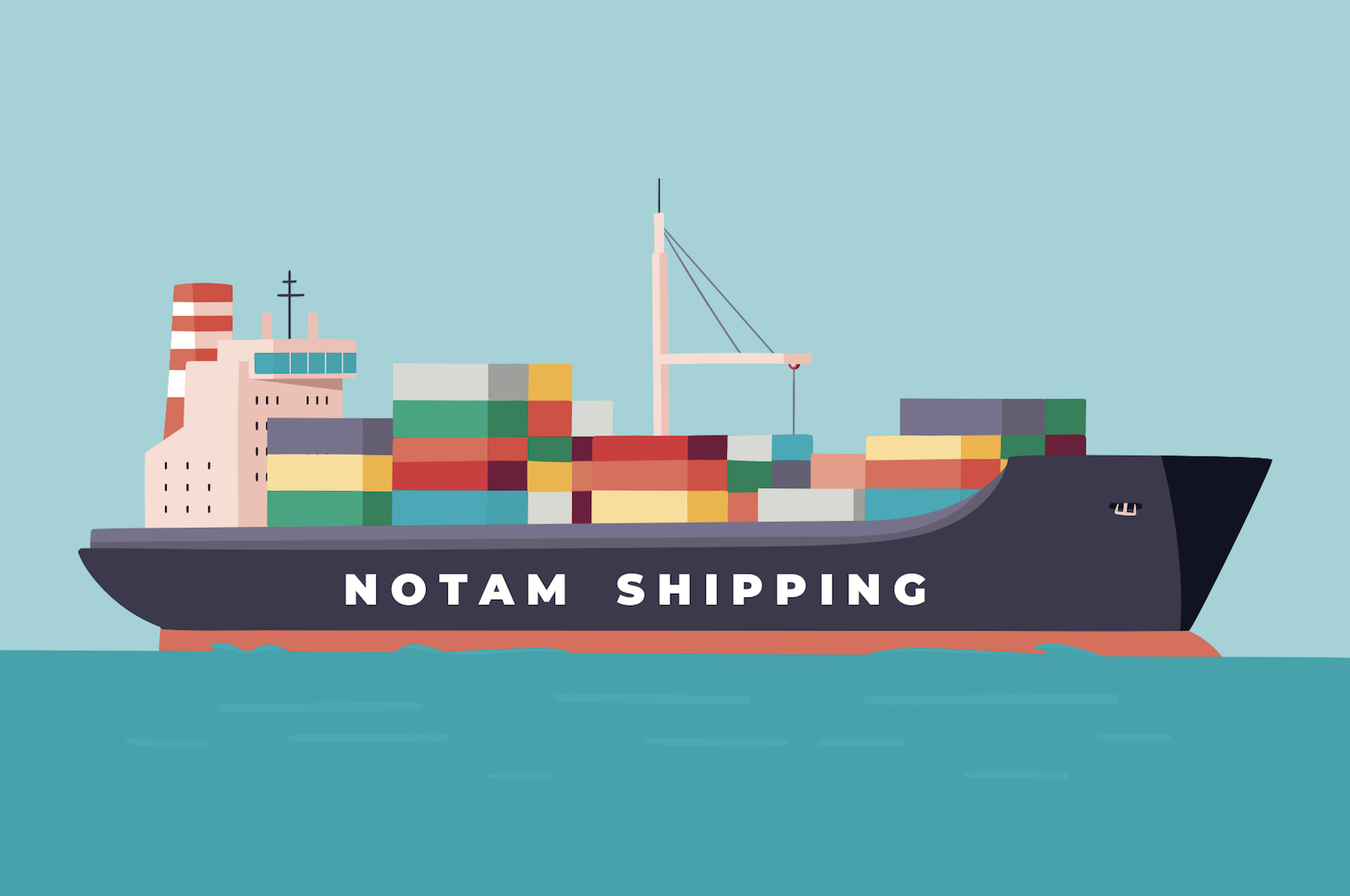

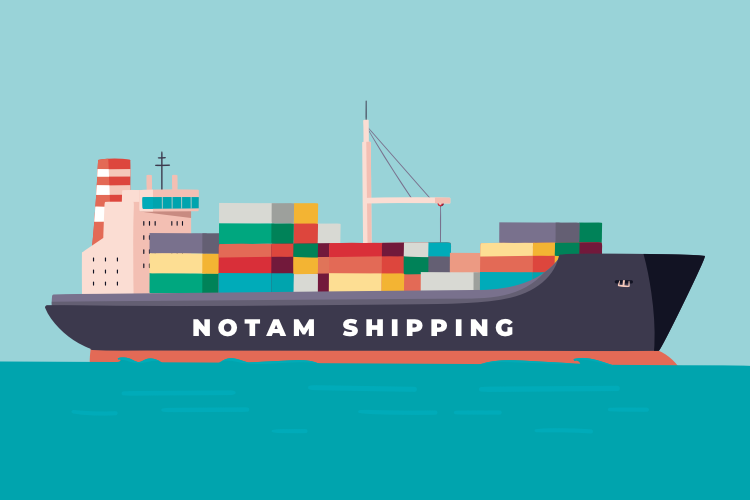
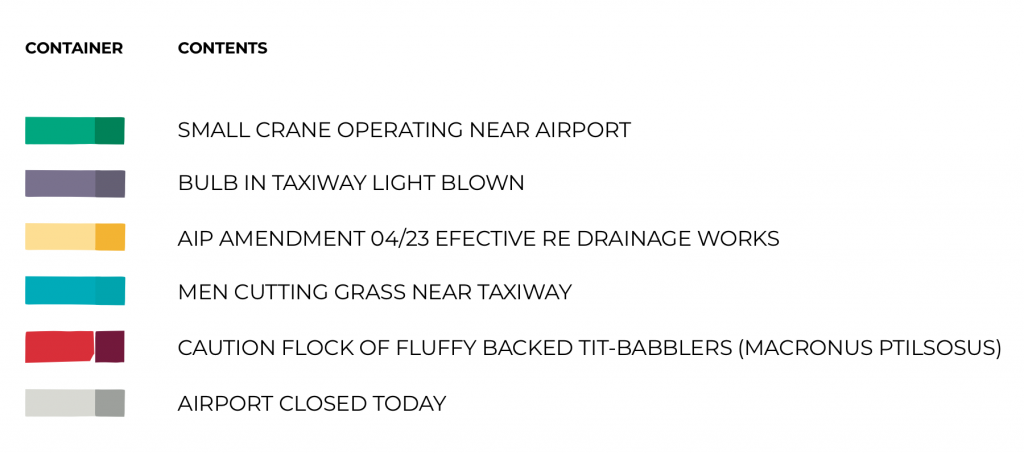
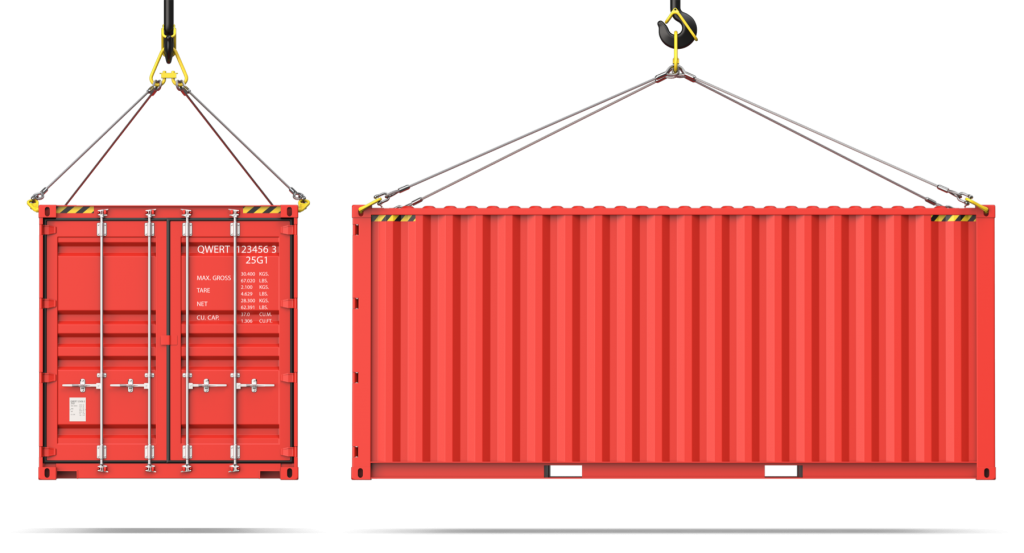
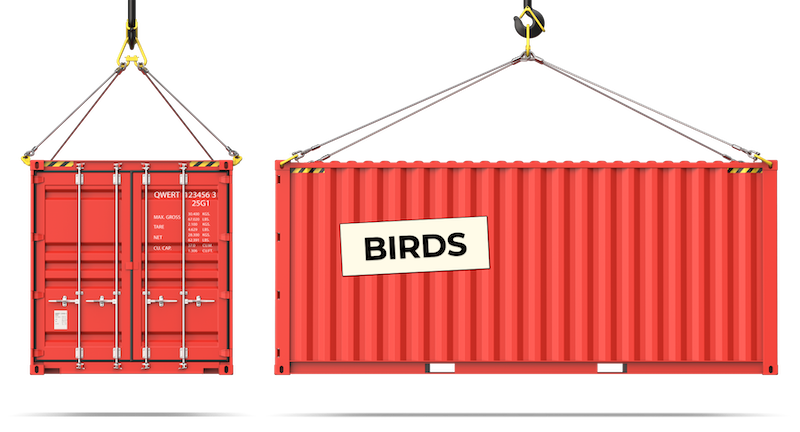








 Get the famous weekly
Get the famous weekly 




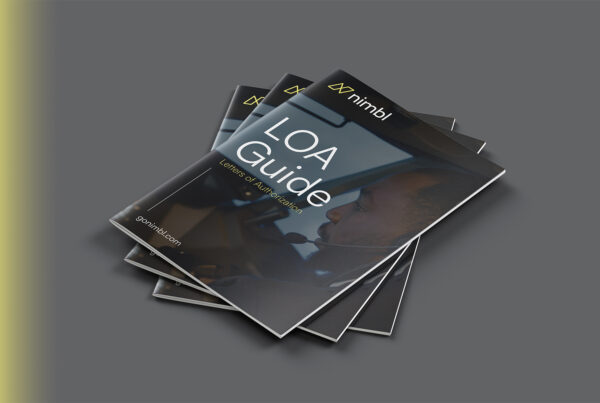
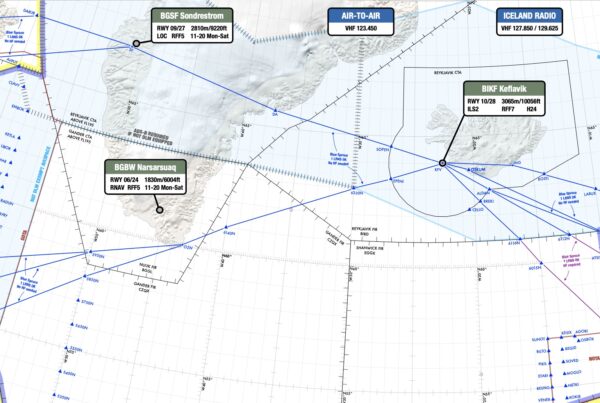
25Jan2023. Approximately 0800 am Central. NOTAM system latency.
This morning the FAA Command Center advised of a potential NOTAM receipt/delivery issue. “Latency in the system”
Whether you are large, medium or small carrier, we are all affected by the lack of leadership towards NOTAMs in both content and methods of delivery.
The elimination of the backup web page on which the FAA NOTAM system used to publish “candidate NOTAMS” during outages. has seriously impaired all NOTAM users from being able to maintain situational awareness during outages. While some carriers are still connected via the old legacy NAS system AIDAP, others who took the time and effort to migrate to SWIM are experiencing NOTAM delivery issues.
As participants in several NOTAM industry day discussions, we have long advocated for both system improvements, system redundancy and the adaption of full ICAO standards. Let us not forget that the US organized and held the Chicago Aviation Convention in 1944 with ratification in 1947. (76 years ago). Since then, we have essentially operated with two NOTAM formats NAS for the USA and ICAO for everyone else.
In the last 25 years, we have seen little if no structural improvements in terms of FAA ownership of the AIS/NOTAM problem. The FAA AIS/NOTAM system is far from being the “Gold Standard” of systems and continues to fall further and further behind in terms of system stability, organization management and long terms development strategy.
I would like to take this opportunity to express my sincere thanks to the DINS Military NOTAM system for being the most robust system throughout our recent outages. Job well done and many thanks to them for adopting ICAO standards.
Some old sayings come to mind:
A house built on a weak foundation cannot stand.
You can bring a horse to water, but you cannot make it drink.
History does not repeat, but it does rhyme, so get used to more outages.
Fergusflan@gmail.com